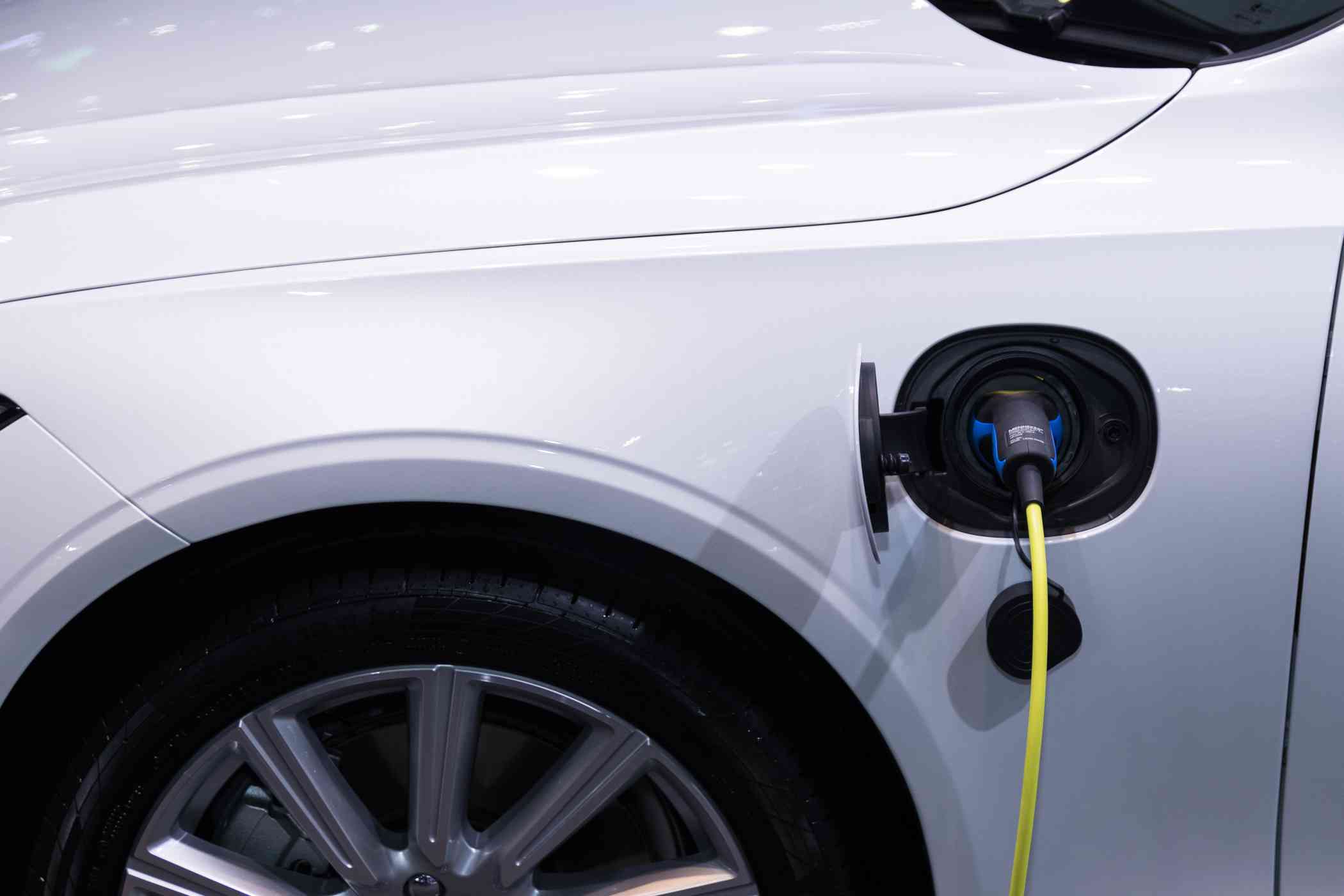As the demand for electric vehicles (EVs) continues to rise, automakers are relentlessly pushing the boundaries of technology to improve the efficiency and performance of these eco-friendly vehicles.
From advanced battery systems to smart software and aerodynamic designs, technological innovations are driving significant improvements in electric car efficiency.

In this blog post, we will explore the key tech advancements that are revolutionising electric car efficiency, with a focus on two popular models, the Volkswagen ID Buzz and Tesla Model 3. The Volkswagen ID Buzz review highlights the remarkable combination of technology, efficiency, and nostalgic design in this electric vehicle.
High-Capacity Batteries: Powering Extended Range
One of the critical factors influencing electric car efficiency is battery technology. Modern EVs, including the Volkswagen ID Buzz and Tesla Model 3, utilise high-capacity lithium-ion batteries that store and deliver electricity efficiently.
These advanced batteries offer increased energy density, allowing for extended driving ranges. With larger battery capacities, EV owners can travel longer distances on a single charge, reducing the need for frequent recharging and enhancing overall efficiency.
Also Read: Trends In The IT Infrastructure Market
Regenerative Braking: Harnessing Kinetic Energy
Regenerative braking is a groundbreaking technology that improves the efficiency of electric vehicles. When a driver applies the brakes, the electric motor converts the kinetic energy generated during deceleration into electrical energy, which is then stored in the battery for later use.
This energy regeneration process reduces reliance on the traditional friction brakes and recycles energy that would otherwise be wasted as heat.
Both the Volkswagen ID Buzz and Tesla Model 3 incorporate regenerative braking systems, enabling efficient energy recovery and maximising overall range.
Smart Energy Management: Optimising Power Usage
The integration of smart energy management systems is another significant technological advancement in electric car efficiency. These systems monitor and optimise the power usage of various vehicle components, including the battery, motor, and auxiliary systems.
By intelligently allocating power based on demand, smart energy management systems ensure that energy is efficiently utilised, reducing unnecessary power consumption and maximising efficiency.
The Volkswagen ID Buzz and Tesla Model 3 employ sophisticated energy management technologies that enhance overall efficiency, allowing for optimised performance and extended driving ranges.
Lightweight Materials and Aerodynamics: Streamlining Efficiency
To improve the efficiency of electric vehicles, automakers are incorporating lightweight materials and aerodynamic designs. The use of lightweight materials, such as high-strength steel, aluminium, and carbon fibre, reduces the overall weight of the vehicle, enhancing energy efficiency and range.
Additionally, aerodynamic enhancements, including sleek body shapes, streamlined exteriors, and optimised airflow, minimise drag and improve overall vehicle efficiency.
Both the Volkswagen ID Buzz and Tesla Model 3 demonstrate advancements in lightweight construction and aerodynamics, enabling better energy efficiency and range.
Advanced Software and Connectivity: Enhancing Performance
Advanced software and connectivity features are revolutionising electric car efficiency by optimising performance and energy management. These technologies allow vehicles to gather real-time data on driving patterns, traffic conditions, and charging infrastructure availability.
By analysing this data, the vehicle’s software can make intelligent decisions to optimise power usage, route planning, and charging strategies, thereby increasing efficiency.
The Volkswagen ID Buzz and Tesla Model 3 exemplify the integration of advanced software and connectivity, offering drivers enhanced performance and efficiency through smart features and real-time updates.
Fast-Charging Infrastructure: Reducing Charging Times
The development of fast-charging infrastructure is another key aspect of improving electric car efficiency. With advancements in charging technology, EVs like the Volkswagen ID Buzz and Tesla Model 3 can take advantage of high-power charging stations that significantly reduce charging times.
Fast-charging stations deliver a substantial amount of power to the vehicle’s battery, allowing for quick top-ups during long-distance travel or on-the-go charging.
By minimising charging times, drivers can spend less time waiting for their vehicles to recharge, making electric cars more convenient and practical for everyday use.
The continuous expansion of fast-charging networks worldwide enhances the overall efficiency and usability of electric vehicles, making them a viable option for a broader range of consumers.
Vehicle-to-Grid Integration: Bidirectional Energy Flow
The concept of vehicle-to-grid (V2G) integration holds immense potential for improving electric car efficiency and maximising the utility of electric vehicles.
V2G technology enables bidirectional energy flow, allowing EVs to not only draw power from the grid but also feed excess energy back into the grid when needed.
This technology creates a symbiotic relationship between electric vehicles and the power grid, enabling them to act as mobile energy storage units. During times of peak demand, EVs can supply stored energy to the grid, reducing strain and improving grid stability.
Conversely, when the demand is low, vehicles can recharge from the grid, ensuring they are ready for the next journey. The integration of V2G technology, as it continues to advance, has the potential to further optimise the efficiency of electric cars by effectively utilising and managing energy resources.
Also Read: Tips on Reducing Electricity Consumption: Energy Efficiency for a Sustainable Future
Conclusion
The ongoing advancements in technology are transforming electric car efficiency, paving the way for a future dominated by sustainable and high-performing electric vehicles.
From high-capacity batteries and regenerative braking to smart energy management systems and lightweight materials, each innovation contributes to increasing the range, reducing charging times, and optimising energy usage.
The Volkswagen ID Buzz and Tesla Model 3 exemplify how these technological breakthroughs are revolutionising the electric vehicle landscape. As technology continues to evolve and infrastructure expands, we can expect even greater strides in improving electric car efficiency.
These advancements will not only benefit consumers but also drive us closer to a greener and more sustainable future of transportation. Embracing these technologies will not only enhance the efficiency of electric vehicles but also accelerate the global transition to a cleaner and more environmentally friendly transportation system.




